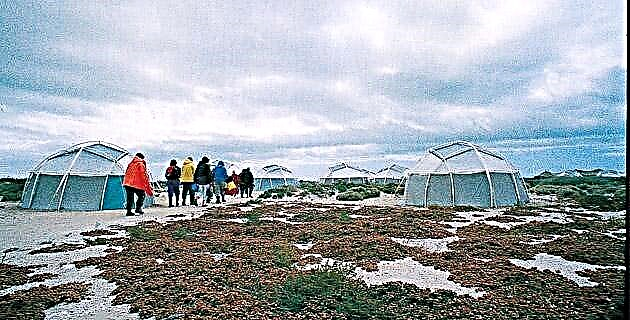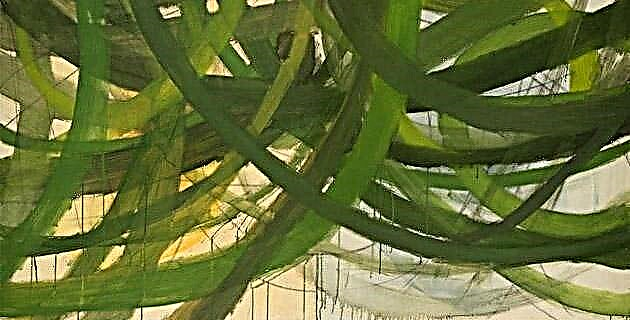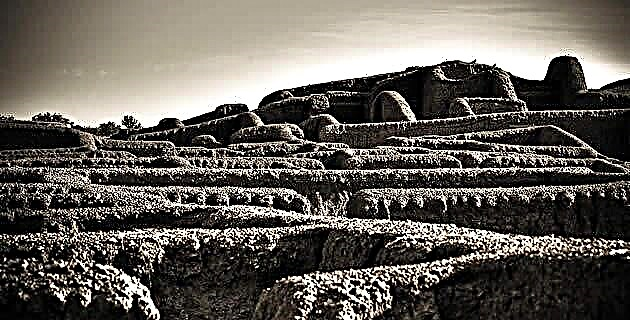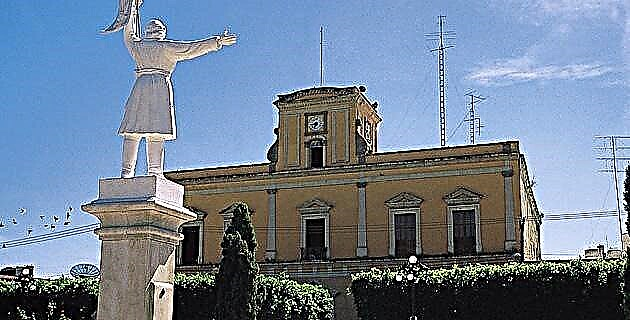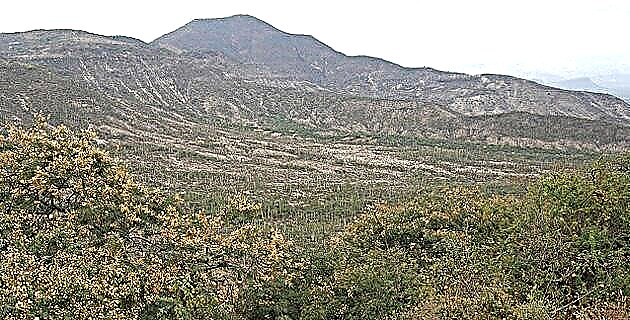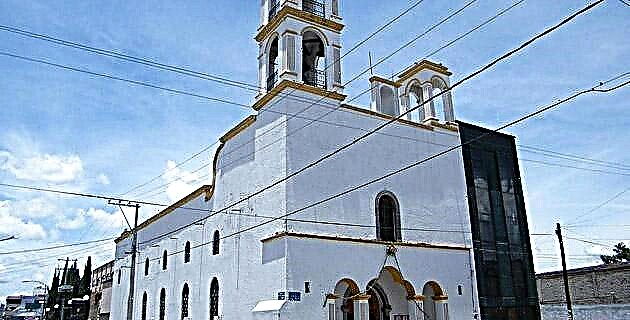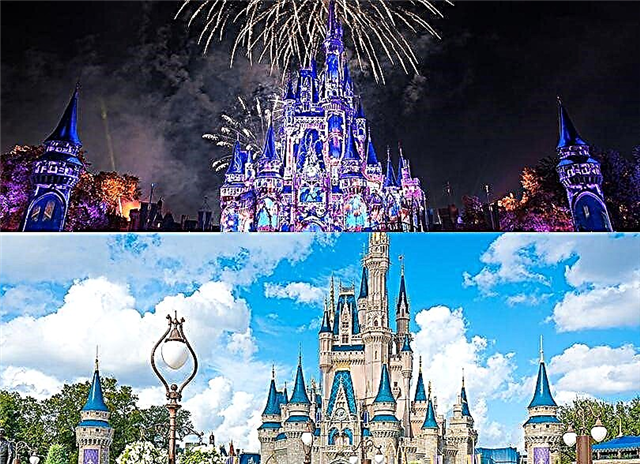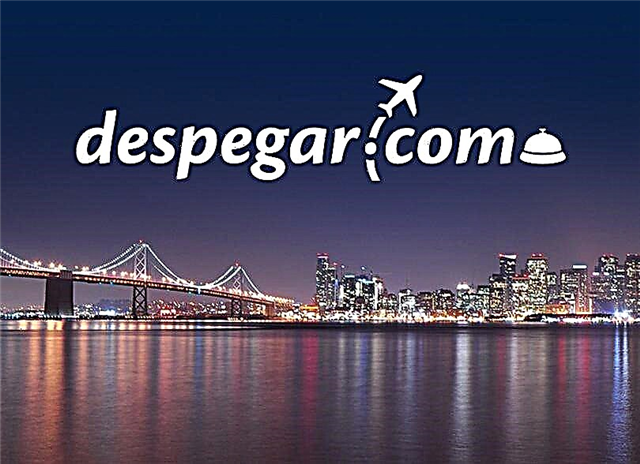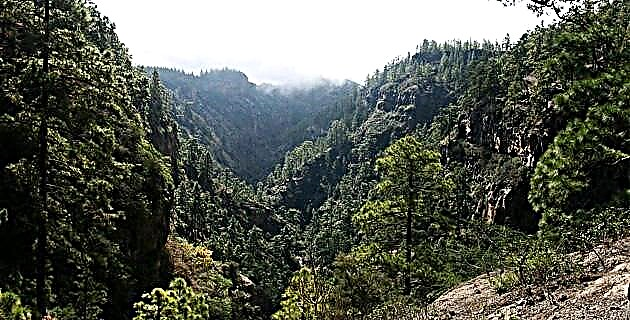
The route through the imposing Hell Canyon, which joins the states of Nuevo León and Tamaulipas, has an approximate length of 60 km between steep and beautiful landscapes deep in walls up to 1 000 m high, which had not been disturbed by man in a million years.
The main objective of the expedition was to search for caves to explore and survey them in the future. What we did not know was that said objective would take a backseat when we realized the difficulty of the road, since surviving would become the most important task in that inhospitable terrain, in which we would face our fears and discover the reason for the name of the Canyon.
We met a group of five explorers: Bernhard Köppen and Michael Denneborg (Germany), Jonathan Wilson (USA), and Víctor Chávez and Gustavo Vela (Mexico) in Zaragoza, a town south of the state of Nuevo León. There we distribute the necessary equipment in each backpack, which should be waterproof: "the swims will be many," said Bernhard. So we pack sleeping bags, dehydrated food, clothing and personal items in waterproof bags and jars. Regarding food, Jonathan, Victor and I calculated that we had to carry supplies for seven days, and the Germans had done it for 10 days.
In the morning we begin the descent, already inside the canyon, with a long walk between jumps and swims in pools of cold water (between 11 and 12ºC). In some sections, the water left us, seeping below our feet. The backpacks, which weighed about 30 kg, made the walking slow. Further on we come to the first vertical obstacle: a 12 m high drop. After placing the anchors on the wall and laying the rope, we descended the first shot. By pulling and retrieving the rope we knew that this was the point of no return. From that moment on, the only option we had was to continue downstream, since the high walls that surrounded us would not allow any escape route. The belief that you had to do everything right was mixed with the feeling that something could go wrong.
Over the course of the third day we found some cave entrances, but the ones that looked promising and filled us with anticipation ended up a few meters away, along with our hopes. The more we descended, the heat increased and the water reserves began to run short, since running water had disappeared since the previous day. "At this rate, we'll have to take our piss by afternoon," Michael joked. What he did not know was that his comment was not far from the truth. At night, in the camp, we found ourselves having to drink water from a brown puddle to quench our thirst.
In the morning, a couple of hours after starting the hike, the excitement reached high levels as I was swimming and jumping in emerald green pools. With so much water the canyon had been transformed into a pool with endless waterfalls. The problem of lack of water had been solved; now we must decide where to camp, since practically the entire canyon was covered with stones, branches or water. At night, once the camp was set up, we talked about the amount of shattered stones that we found along the way, due to landslides hundreds of meters above. "It's amazing!" –Commented one–, "wearing a helmet is no guarantee of not being crossed by one of them."
Seeing how little progress we had made and considering that it might take longer than planned, we decided to start rationing food.
On the fifth day, after noon, when he jumped into a waterfall pool, Bernhard did not realize that there was a stone near the surface at the bottom and when he fell he injured his ankle. At first we thought it was not serious, but 200 meters ahead we had to stop, because I could not take another step. Although no one said anything, the looks of concern and uncertainty gave away our fears, and the question that crossed our minds was: what will happen if he can no longer walk? In the morning the medications had already taken effect and the ankle had surprisingly improved. Although we started the march slowly, during the day it made considerable progress thanks to the fact that there was no more rappelling. We had reached the horizontal part of the canyon and decided to abandon what we would no longer need: ropes and anchors, among other things. Hunger was beginning to show up. For dinner that night, the Germans shared their food.
After long swims and an arduous walk through beautiful landscapes, we reached the junction of the canyon with the Purificación river. In this way, the 60 km stage had concluded and we only had to walk the road to the nearest town.
The last effort we made was by the Purificación river. At first walking and swimming; however, the stream of water once again filtered through the rocks making the last 25 km somewhat scorching, as it was 28 ° C in the shade. With dry mouth, bruised feet, and scrapped shoulders, we reached the town of Los Angeles, whose atmosphere was so magical and peaceful that we felt like we were in heaven.
At the conclusion of the incredible journey of more than 80 km in eight days, a strange feeling came over us. The joy of having achieved the goal: to survive. And despite not finding caves, the trip to Hell's Canyon had been worth it by itself, leaving the restlessness of continuing to search for unexplored places in this fantastic country.
IF YOU GO TO ZARAGOZA
Leaving the city of Matehuala, head 52 km east towards Doctor Arroyo. Upon reaching state highway no. 88 continue north towards La Escondida; from there take the deviation to Zaragoza. Don't forget to put four-wheel drive on your truck to climb the saw; four hours later you will arrive at the La Encantada ranch. Due to its difficulty, it is essential to bring specialized personnel to tour the canyon of Hell.

